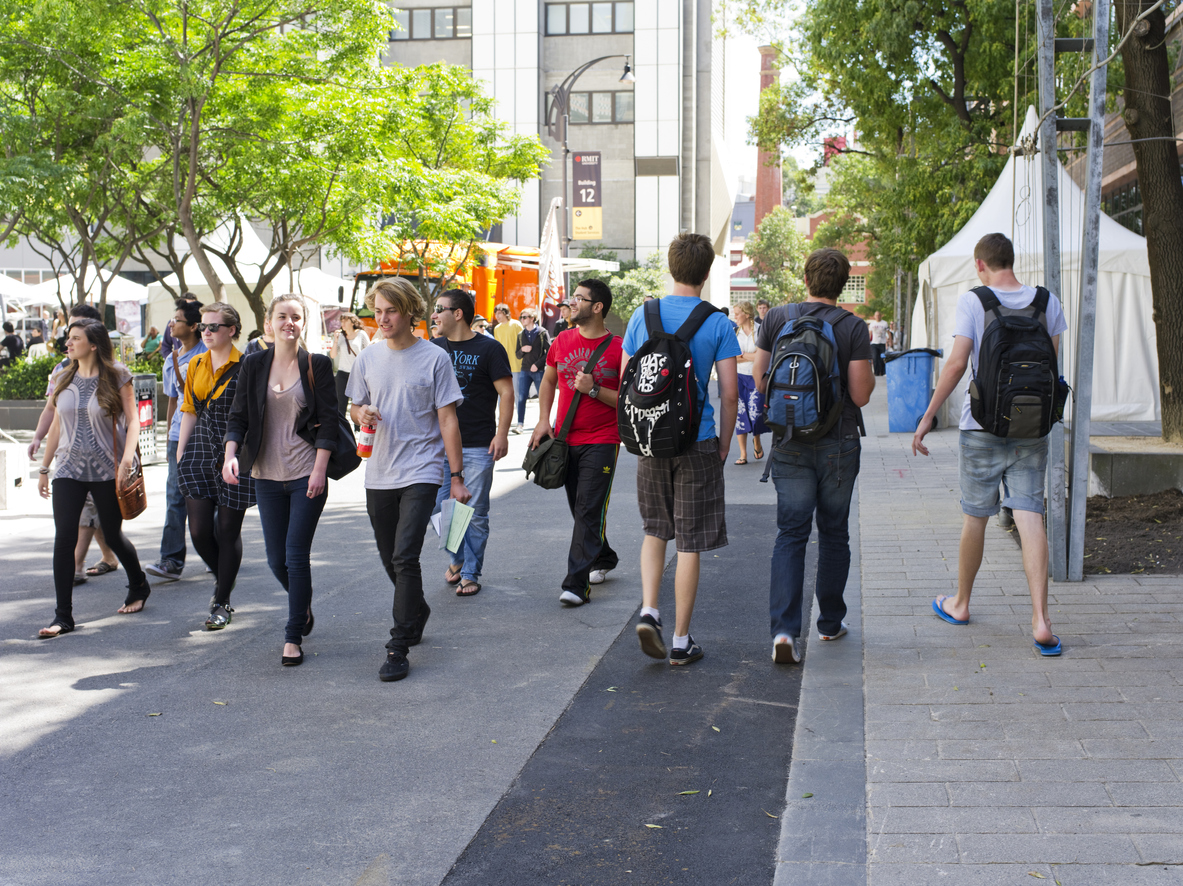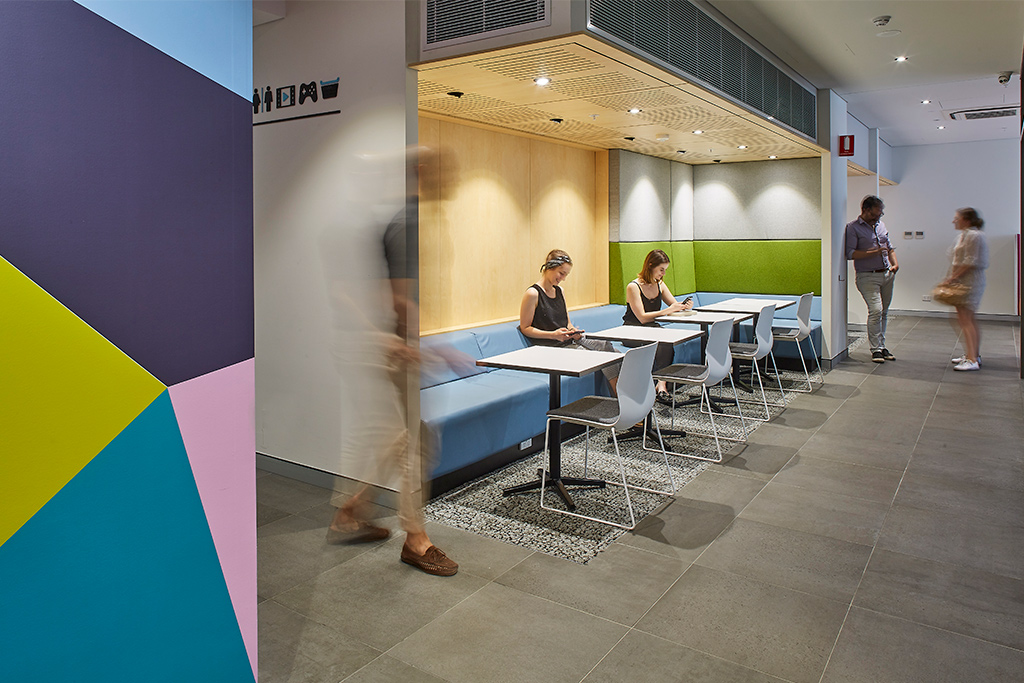Appetite for Student Accommodation Still Strong
The continued slowdown in Australia's residential market has lead to renewed interest in the student accommodation sector, an emerging asset class which is now fast becoming one of the most attractive alternative real estate sectors.
According to new research from CBRE, Melbourne and Sydney have been ranked among the top ten cities for internationally mobile students.
While Paris and London were the top-ranked cities for international students, CBRE’s fifth annual Global Living report reveals that Melbourne and Sydney were ranked 3rd and 6th respectively, bolstering Australia's emerging student accommodation asset class.
The mobility of international students is rising rapidly, with the number of students enrolled in higher education outside of their country of citizenship rising by almost six times since the 1970s.
This surge in incoming students is now having a flow-on effect in the investment market, with heightened interest in student housing as international enrolment numbers grow and investors consider higher yielding property asset classes.
Related: Monash Welcomes New Student Accommodation

While a faltering housing market has left many off-the-plan developers struggling get projects off the ground with fewer pre-sales, developers with a focus on aged care and student accommodation are filling some of the demand for large investor-grade sites.
CBRE director of hotels and student accommodation Rosie Young noted that the slowdown in the residential market had increased the viability of student housing projects and helped fuel investor appetite.
“Commercial operators such as Urbanest, Scape, Iglu and the Student Housing Company are expanding in the market and transaction activity is expected to increase amid a general slowdown in the residential market and as yields in the mainstream commercial property sectors approach new lows,” Young said.
“This has led to rising interest in the purpose-built student housing sector.”
“This was reinforced by CBRE’s recent Global Investor Intentions survey, where 9 per cent of investors identified student accommodation as the most attractive alternative real estate sector, up from 4 per cent the previous year.”
“This represented the biggest increase after data centres.”
International education no longer an emerging asset class
The influx of international students has led to a boom in demand for accommodation with developers now vying for properties and land holdings that are traditionally considered prime office projects.
“With commercial property yields at all-time lows in traditional real estate sectors, investors are increasingly looking elsewhere for return,” Young said.
This, coupled with growing student demand, has led to rising interest in the purpose-built student housing sector.”
International education remains Australia's third largest export industry, behind iron ore and coal, capturing $32 billion on average per annum for the economy.
Australia's student accommodation market remains "heavily undersupplied" according to industry experts who predict significant increases in visa applications and international student migration over the coming years.
Sydney remains the most underserved market with just 2,820 student accommodation beds in the supply pipeline across Sydney according to JLL research.
Related: Developer Opportunities in the Co-Living Sector: Report

Urbanest listed
According to Street Talk, Urbanest, Australia's fourth biggest student accommodation provider, has hit the block, rumoured to be worth close to $2 billion.
It is understood Savills has kicked off the process by sending a sale flyer to potential acquirers looking to gain a foothold in the domestic student accommodation market.
Urbanest currently has 12 student accommodation properties in Australia with more than 6,000 operational beds.
The company expects to collect close to $100 million in net operating income over 2020, of which 81 per cent is underpinned by student housing sites in Sydney, making up 59 per cent and Melbourne at 22 per cent.














